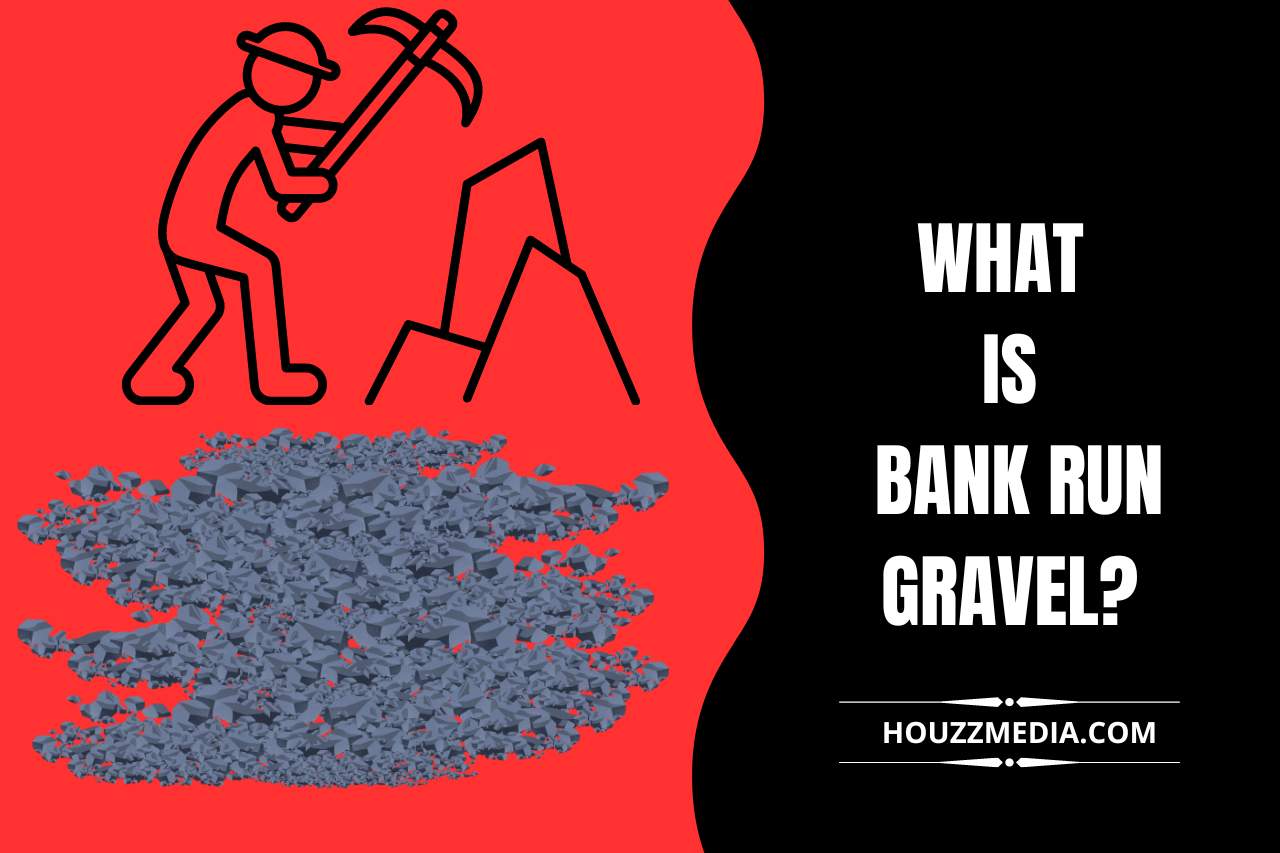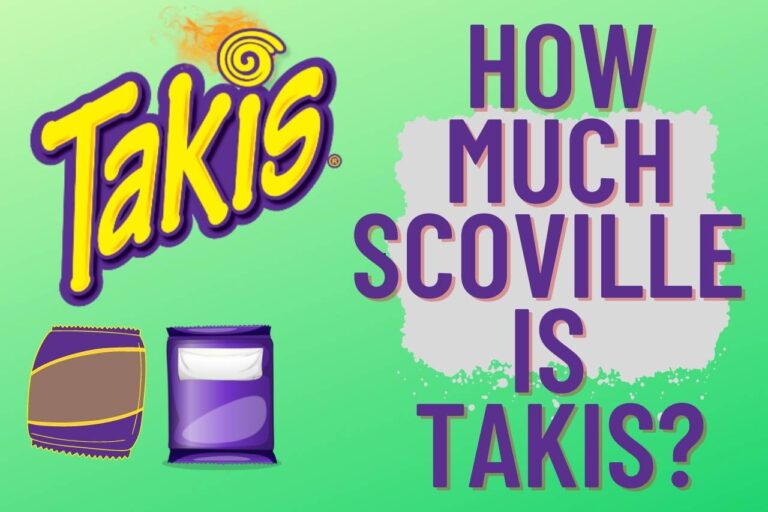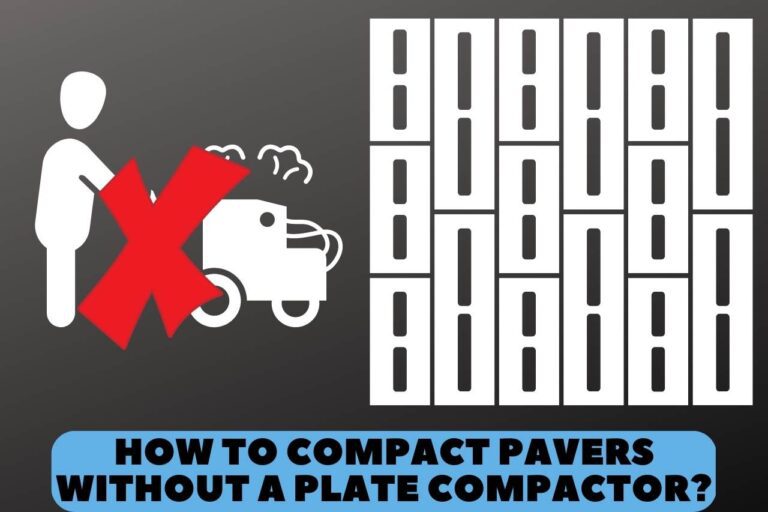What is Bank Run Gravel? (Definition, Uses, and Benefits & More)
Riverbanks produce a bank run. A bank run has a very important goal. Construction is frequently done through bank runs. A bank run consists of rocks, soil, and other things. It is common to compare bank runs and gravel. Although bank-run gravel has been effective in many instances, it shouldn’t be used in areas with a lot of traffic. This article illustrates that buying bank-run gravel is a smart move.
What is Bank Run Gravel?
Building and landscaping operations typically make use of “bank run” gravel. The gravel is frequently referred to as “natural” or “unprocessed” gravel since it is collected straight from a gravel deposit without further processing or refinement.
Bank-run gravel typically consists of boulders, sand, and other particles, such as clay and silt.
It is widely used to build roads, parking lots, driveways, retaining walls, and foundations. Because it hasn’t been treated, bank-run gravel is easily accessible and typically less expensive than other types of gravel.
What are the Benefits of Bank Run Gravel?
Bank-run gravel is often less expensive than other types of gravel since it doesn’t need to be processed further before usage.
In contrast to other types of gravel, bank-run gravel is extracted straight from riverbanks, giving it a more natural look and feel.
Bank-run gravel is an excellent choice for drainage projects because it allows water to pass through and helps lessen floods and other water-related issues.
Bank run gravel is easy to handle and can be shaped and compacted to suit various needs. It is a more environmentally friendly alternative to other gravel types because it is produced from a natural resource that doesn’t require a lot of energy.
How is Bank Run Gravel Produced?
Bank-run gravel is extracted from riverbanks using bulldozers, loaders, and excavators. The gravel is sized using screens or other sorting techniques once it has been extracted. As a result, uniformity in the size and texture of the completed product is ensured.
The sorted bank-run gravel is then transported by truck or, if it is being utilized in an area with access to water, by barge, to its final location.
Bank-run gravel is frequently scattered directly on the ground or on top of a layer of crushed stone or other material to create a solid foundation for roads, driveways, and other building projects.
What are the Different Types of Bank Run Gravel?
- Coarse bank run gravel is a specific type of gravel that is larger and has a rough texture may identify. Additionally, to being used for drainage, it is frequently used as a base layer for parking lots, driveways, and roads.
- Because it includes smaller particles than coarse bank-run gravel, fine bank-run gravel is used for backfilling around foundations, pipes, and other infrastructure.
- Mixed bank run gravel, a type that blends coarse and fine bank run gravel, is widely used for landscaping and aesthetic purposes, such as building walks and garden beds.
- Larger pieces of bank flow gravel are reduced to more manageable sizes to make crushed bank run gravel. It is frequently employed as a foundation layer for building projects, including retaining walls and foundations.

How is Bank Run Gravel Used in Construction?
Roads and highways frequently have a base layer made of bank-run gravel. The gravel offers a solid base to sustain the weight of vehicles and stop soil erosion.
Utilized as a base layer while constructing foundations to distribute the building’s weight equally and avoid settling.
The gravel also improves drainage in the area close to the foundation. In drainage systems, such as French drains, bank-run gravel is used to help move water away from buildings and other structures.
The gravel is a permeable base for water to pass through while aiding in particle and sediment filtering.
Paths, roadways, and parking spaces can be built using bank-run gravel in landscaping projects. The gravel offers a long-lasting, low-maintenance surface that may be personalized with various hues and textures.
Frequently utilized as retaining wall backfill. The gravel lightens the weight of the wall while assisting with drainage and stability.
What are the Pros and Cons of bank Run Gravel?
Pros:
- Bank-run gravel is often less expensive than other types of gravel because it doesn’t need to be processed or refined.
- The rustic style of bank-run gravel can go well with neighboring natural landscapes and landscaping.
- Due to its loose and porous nature, bank-run gravel can effectively drain water.
Cons:
- Bank run gravel’s quality might vary depending on the deposit type and location, which makes it difficult to maintain uniformity in the final product.
- Bank-run gravel may contain debris, such as tree roots, rocks, and other foreign objects, making it difficult to handle.
- Bank-run gravel might not be the greatest option for applications requiring a smoother or more uniform surface, such as those indicated above.
- Because it is loose and not compacted, bank-run gravel may be susceptible to erosion in areas with high water flow or heavy foot traffic.
Bank Run Gravel Cost Per Ton
In the United States, bank-run gravel can cost between $6 and $20 per ton, while prices may be higher in some areas or for specific types of gravel. It is advisable to check with local vendors for specific pricing information
Bank Run Gravel vs Crusher Run
Bank-run gravel and crusher-run gravel are two gravel types widely utilized in construction and landscaping projects.
Bank run gravel is natural gravel that naturally occurs in a river or stream bed. It typically comprises a mixture of stones of different sizes, sand, and clay.
Bank-run gravel is widely used as a base material for roads and driveways because it is economical and convenient.
The gravel called “crusher run” has been mechanically crushed and sifted. Rock pieces that are angular and varying in size, from small fines to boulders that are 3/4 inch across, make up this substance.
Crusher run is widely used for driveways, patios, and pathways because it provides a solid foundation to withstand heavy traffic from vehicles and people.
Bank-run gravel may not provide a base that is as stable, but it is typically less expensive than crusher-run. The ability to compact crusher-run gravel more easily than bank-run gravel makes it more convenient to work with. Ultimately, the choice of crusher run vs. bank run gravel will depend on the project’s specific needs and preferences.
You May Also Like






